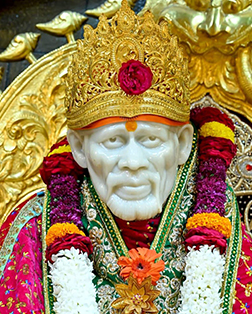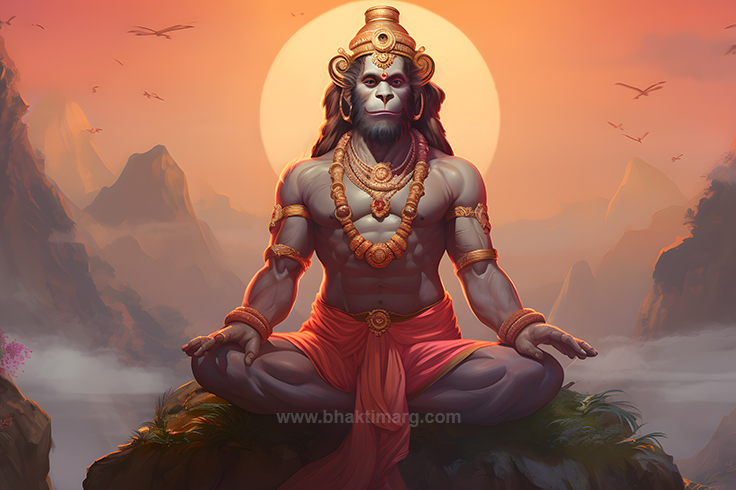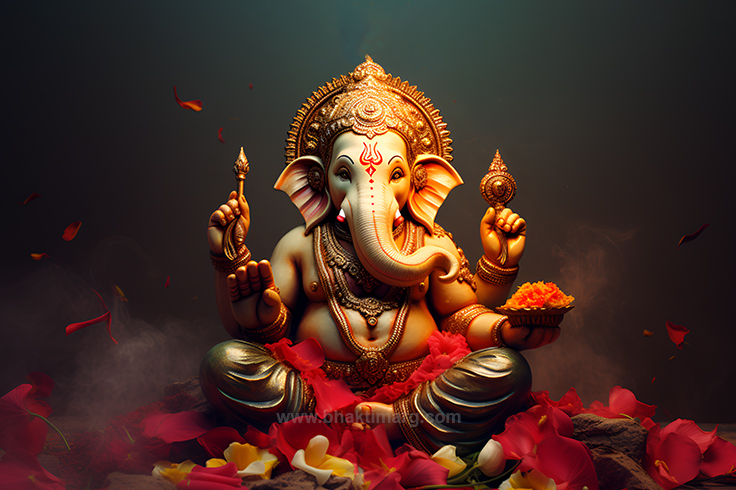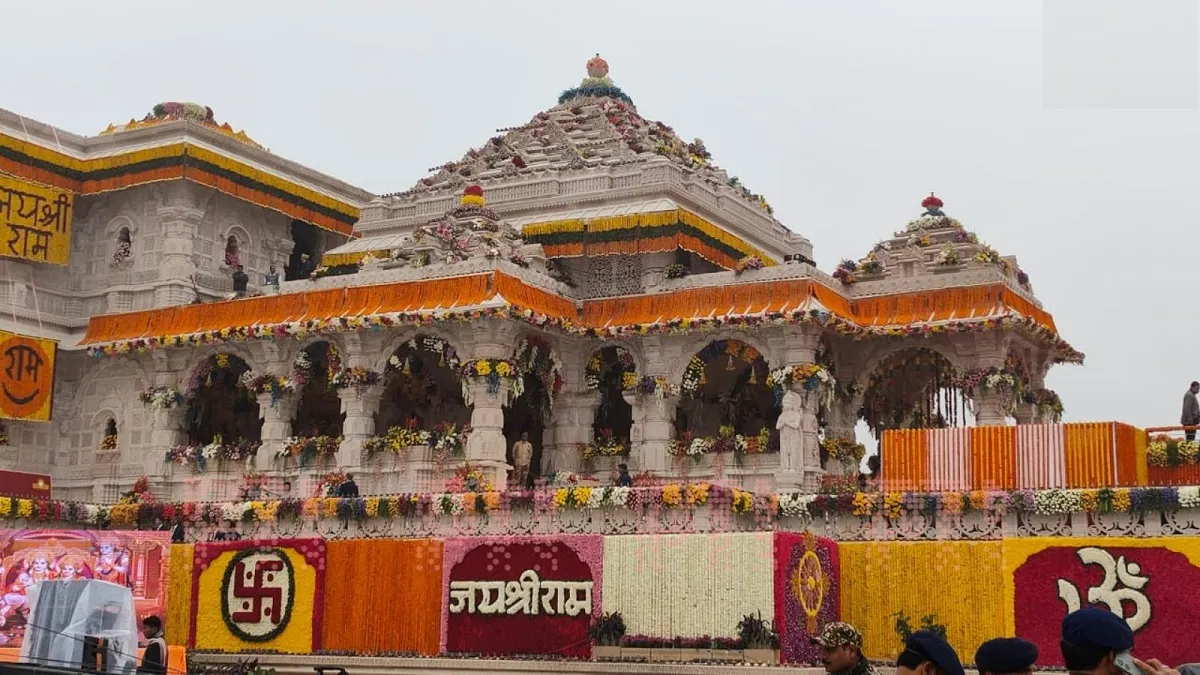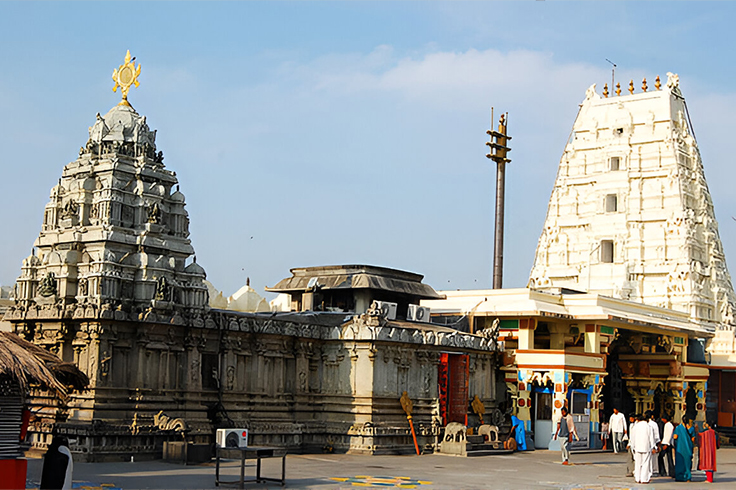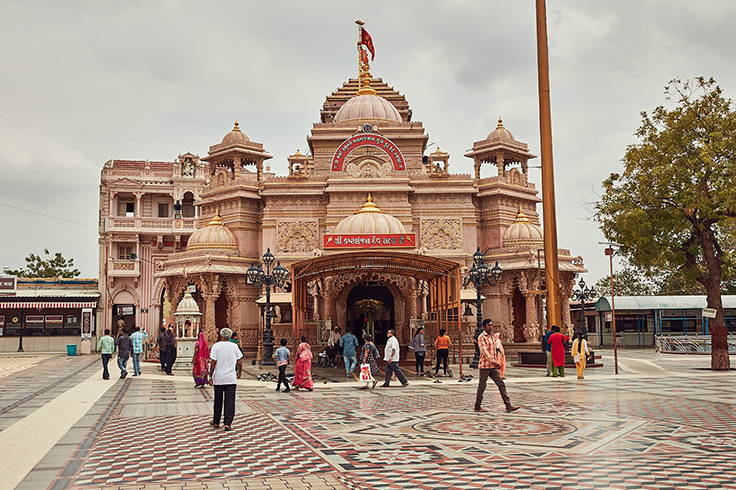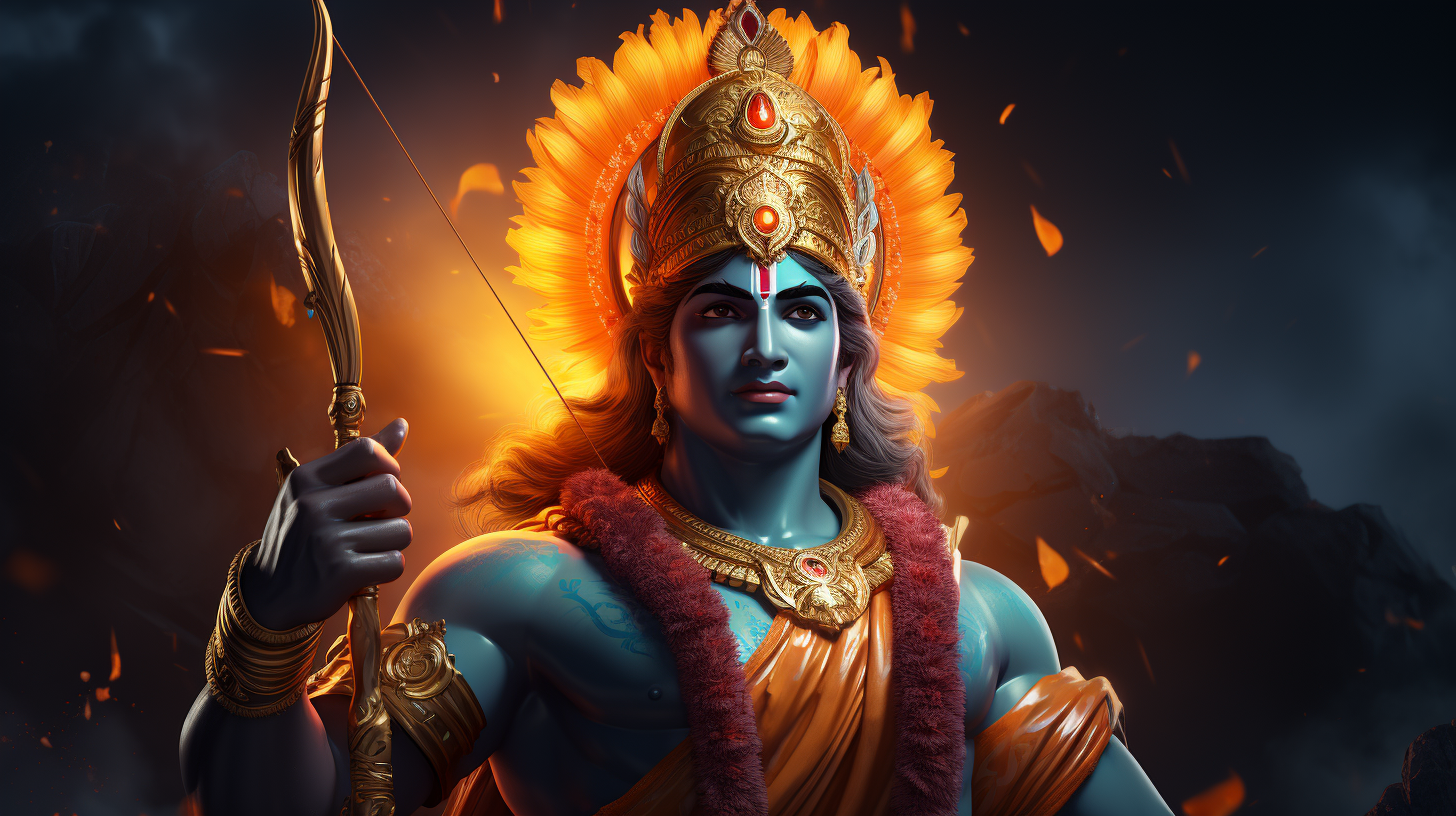
Lord Shri Ram
One of the most popular Hindu deities, Bhagwan Rama, is the personification of morality and valour, qualities that are uncommon in the Bhakti Marg. Ramachandra was the seventh avatar of Bhagwan Vishnu. The Mahabharata tells his story in brevity, but the Ramayana tells it in considerable detail.
Lord Ram: Existence and Origin
The seventh avatar of Vishnuji, Lord Rama, arrived on Earth approximately 869,000 years ago during the Treta-Yuga era. He came when the evil on Earth was extreme, and humanity was on the brink of pain and suffering. Lord Ram descended to save humanity and restore their faith in the Almighty. He displayed to the people of that era his boundless celestial attributes. Because of his form, features, and philosophy—which appeal to the heart and spirit of all great sages who have ever lived—people still remember him today.
Story of Lord Rama:
Rama was born in northern India to “Raja” Dasharatha and “Rani” Kausalya. His birth was reportedly due to the bidding of the gods. Vishnu gives Raja Dasharatha a pot of nectar after being summoned by fire. The pool of nectar is fed to Rani Kausalya, who then gives birth to Rama. Rama’s purpose is to defeat Ravana, the King of Lanka.
Rama’s three brothers are Shatrughna, Bharata, and Lakshmana. Lakshmana is Rama’s favourite brother. In his journey to win over Ravana, a group of monkeys helped him. Shri Hanuman became his favourite. Hanuman was His biggest devotee.
Rama met Sita at Mithila, who was just passing by after he killed the demon with Lakshmana at Visvamitra’s request. The king of Mithila welcomed him and challenged him to ensure that anyone who could bend a huge bow that once belonged to Lord Shiva could have his daughter Sita’s hand in marriage. Rama breaks the bow by turning it so much. That’s how Rama and Sita tied the knot. From there started the eternal and most pious “Prem Katha” of Sita and Ram. Sita was the incarnation of Mata Lakshmi, wife of Vishnu.
We came to know from “Ramayana” how Sita Mata was kidnapped by Ravana when Rama, Sita, and Lakshmana were in exile for 14 years. Ram loved Sita and promised to get his love, Sita, back from Ravana’s grasp. Crossing all obstructions, with the help of Hanumana and his “Vanar Sena”, Rama finally defeated Ravana in Lanka and brought back Sita with him. Life was still challenging for Ram and Sita. They had to go through many challenges. He was the ultimate “Raja” who was known to prioritize his “Prajas” over Sita.
Bhagwan Shree Ram: “Maryada Purushottam”
Lord Rama is known as ‘Maryada Purushottam’,which means a person who is best in his spiritual and worldly (social) norms, ethics, values, virtues, principles, and conduct among all the universes. Ram was known and worshipped for his qualities, which are rare to be found. Some of his qualities are –
Qualities of principle, truthfulness, righteousness, and courage made Lord Rama what he is. His devotees know him for his self-determination and firmness with his vows and deeds. He was the only one who was competent in doing things that others cannot do. He was the benefactor of all living beings. Even in critical challenging phases of life, his calm shows how he was a conqueror of anger. Even Gods were afraid when provoked to war. He was free of any envy. His knowledge and humility endowed him with splendour abd brilliance.
Shri Ram Names and Avatars:
Lord Rama is the seventh avatar of Vishnuji. The birth of Lord Rama is said to have brought humanity, kindness, and love to this planet, as well as to destroy evil and safeguard the defenseless.
Another critical piece of knowledge that makes us see the divinity of Lord Rama is his 108 names. The “Ashtottara Shatanamavali” or the 108 names of Lord Rama are recited in devotion. Each of them highlights the different aspects of his divine personality. Depicting the significance of some of the names along with brief descriptions:
Dasharathi: Lord Rama is also known as Dasharathi as he was the son of King Dasharatha.
Sita Rama: Ram and Sita’s eternal love gave him this name.
Rajiva Lochana: Rama was known for his lotus-eyed one. That is why, he was known as Rajiva Lochana.
Shatrughna Pujita: He was worshiped by Shatrughna. So, he was named Shatrughna Pujita.
Bharata Prabhu: He was the Lord of Bharata. He was called to be Bharata Prabhu.
Shri Vallabha: He was the beloved of fortune. That is why, known also as Shri Vallabha.
Shriramachandra: The name Shriramachandra depicts how his face was compared with ‘Chandra’, the moon.
Raghupungava: He was the best in the Raghu dynasty. So, he was called Raghupungava.
Narayana Parayana: Ram in his human form was known to be the devotee of Lord Narayana (Vishnu). That is why, he was named Narayana Parayana.
Raghava: As he was the descendant of the Raghu dynasty, he was named Raghava.
Sarva Bhakta Sukhakara: He bestowed happiness and peace to all his devotees. That is why, his ‘bhaktas’ call him Sarva Bhakta Sukhakara.
Matarthi Haraya: He incarnated on Earth to destroy evil and restore faith and a safe world. As he was the remover of adversities, he was named Matarthi Haraya.
Lord Shree Ram Devotion
In the sculpture, Rama is a standing figure, holding an arrow in his right hand and a bow in his left. His image in a temple almost always accompanies figures of his wife, Sita, his brother, Lakshmana, and Hanuman. In painting, he is depicted as dark with princely adornments and the Krita-makuta on his head, indicating his royal status.
Many devotees across the globe worship Lord Rama. His worshippers chant the Shri Ram Mantra to bring peace, salvation, and prosperity. By chanting the Shree Ram Mantra with sincere love and devotion, devotees wish for the divine intervention of Shri Ram in their lives. The Shri Ram Mantra in English is – “Om Shri Ramaya Namah“.
In this divine journey, the recent establishment of the Ram Mandir stands as a monumental milestone. Devotees embrace its sanctity, contributing to the perpetual flow of light, love, peace, and wisdom through the sacred path of Bhakti Marg. The Ram Mandir becomes a beacon of spiritual significance, fostering devotion in the hearts of the faithful.
Ram ji ke Bhajan includes verses from Ram Chalisa. In temples, priests do Ram Bhagwan ki aarti in the early morning and the evening. The positive and powerful energy emerges with the combination of Shri Ram ke Bhajan, Shri Ram Aarti, and Sri Rama Raksha Stotram. It blesses all the devotees and the whole “Sangsar”. Devotees choose to walk in the journey of life through the Bhakti Marg. Bhakti Marg spreads light, love, peace, and wisdom. They also adopt Shri Ram Bhagwan ki Stuti in their life. Shri Ram Stuti shows colossal power. It provides progress and success and protects from everything evil.
Ram Bhagwan: Philosophy
“Uncanny visions arise in my mind:
of timeless evil, and a battle older than the Earth,
which has been fought before on countless worlds, in forgotten ages.
Even after this battle of Lanka, the war shall be fought again and again;
until time ends, and dharma and adharma with it.”
Bhagwan Shri Ram said these words to Lakshmana in a trance when they reached the shore of Lanka before the colossal battle. Lord Sri Rama was talking about his great destiny – to eradicate the evil of the age. This passage emphasizes the profound and cyclical nature of time in Hindu cosmology. It depicts how, over long periods, events tend to repeat themselves. Things come back and repeat. Patterns are set until faith is restored. Lord Ram defines that part of life and the world most truly and practically possible. Lord Shree Ram established love and trust in humankind, which instilled devotion in devotees over centuries.





